Researchers from University of Genoa and University of Rome Tor Vergata are taking on two well-known metal halide perovskite (MHP) solar PV challenges, reducing the amount of lead while maintaining a high-level power conversion efficiency.
By introducing micro-concentrators, an alternative light management strategy, and laser-patterning techniques, the research team is reportedly seeing positive results in small-area devices measuring 2.5 cm × 2.5 cm.
“The design offers notable improvements” compared to the conventional approach,” research project leader, Shiva Navazani, told pv magazine.
The original idea of the project, which is ongoing until the end of this year, was to use small-area FAPbI3 perovskite solar cells and microlens concentrator technology. Lens fabrication hurdles, however, forced the team to switch to macro-lens arrays and laser-patterned substrates.
It created micro-concentrators, small double-convex compact lenses with a diameter of 5 cm that concentrate sunlight onto a tiny active cell area and placed above the solar cells at 5 cm and 10 cm distances from each other.
Navazani explained that the setup increases the light intensity hitting the active PV layer, which can “significantly boost” efficiency, and it does not need as much of the photoactive material, which reduces substantially the amount of lead in the device.
The group used a laser-patterning process with the perovskite on glass/indium tin oxide (ITO) substrates, which is “inherently compatible” with upscaling.
In this case, they used picosecond (PS) laser direct writing, an ultra-short pulsed laser that emits with a duration of picoseconds to produce features with high precision and low thermal damage.
“The laser-patterned structure enables the device to better withstand thermal stress and other effects under concentrated light,” said Navazani.
A custom-designed direct writing pattern was used. It was different from the more common P1, P2, or P3 patterns.
The so-called P1, P2, and P3 scribes correspond to the three scribing steps of the process for building the monolithic interconnections that add voltages between cells in modules. The P1 and P3 steps are aimed at isolating the back contact layers of neighboring cells and the P2 step creates an electrical path between the back contact of a cell with the front contact of an adjacent cell. The P3 step, in particular, is often a source of undesired effects such as back contact delamination, flaking, or poor electrical isolation, due to residues that remain in the trench.
The laser processing is reportedly contributing to improved efficiency compared to the unpatterned sample due to a more “homogeneous structure and higher tolerance to thermal and other stresses,” according to the researchers.
Testing of other performance aspects is ongoing, including degradation studies and lead material release analyses. They will be concluded in the final phase of the project.
Some preliminary findings were presented in three conference papers at PVSPACE 2023, EUPVSEC 2024, and HOPV 2025. The latter was titled “Optimizing Light Management in Perovskite Solar Cells via Microstructure Design.” Peer-reviewed results have not yet been published.
The project, “Self-healing screen-printed perovskite photovoltaics beyond Shockley-Queisser Limit,” dubbed Sherpa, is scheduled to be completed this year. It is a European Union-funded project under its Marie Skłodowska-Curie Action initiative.
This content is protected by copyright and may not be reused. If you want to cooperate with us and would like to reuse some of our content, please contact: editors@pv-magazine.com.
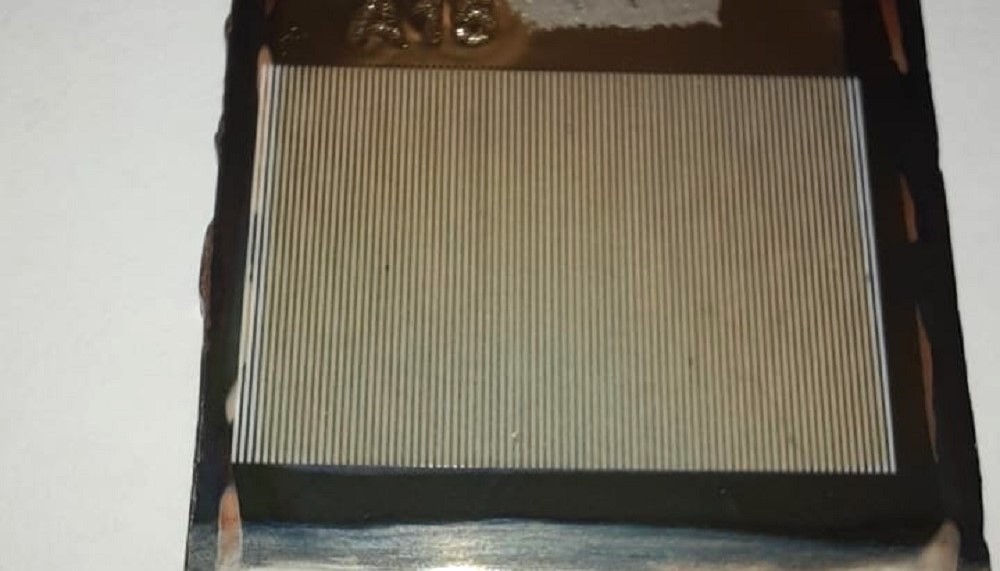
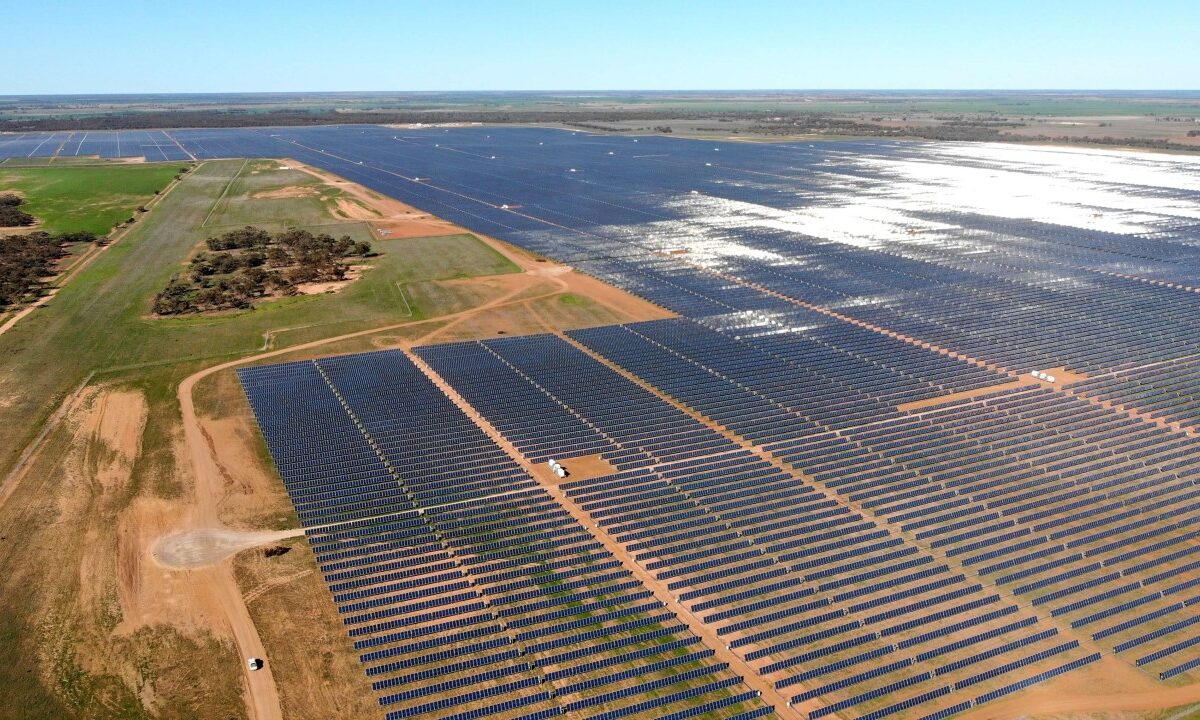


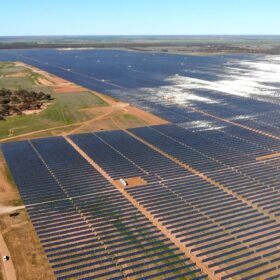
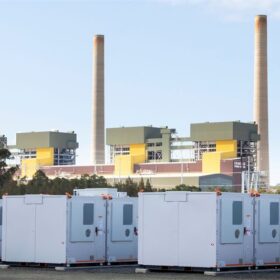
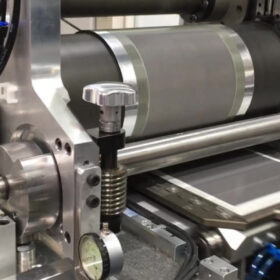
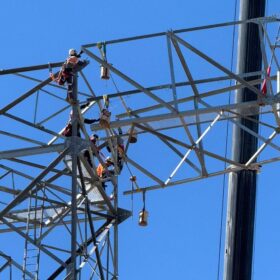
By submitting this form you agree to pv magazine using your data for the purposes of publishing your comment.
Your personal data will only be disclosed or otherwise transmitted to third parties for the purposes of spam filtering or if this is necessary for technical maintenance of the website. Any other transfer to third parties will not take place unless this is justified on the basis of applicable data protection regulations or if pv magazine is legally obliged to do so.
You may revoke this consent at any time with effect for the future, in which case your personal data will be deleted immediately. Otherwise, your data will be deleted if pv magazine has processed your request or the purpose of data storage is fulfilled.
Further information on data privacy can be found in our Data Protection Policy.